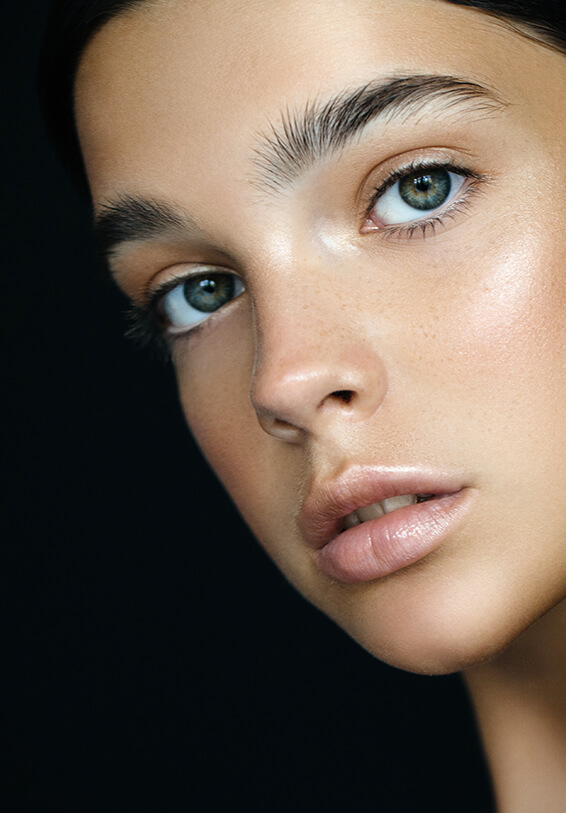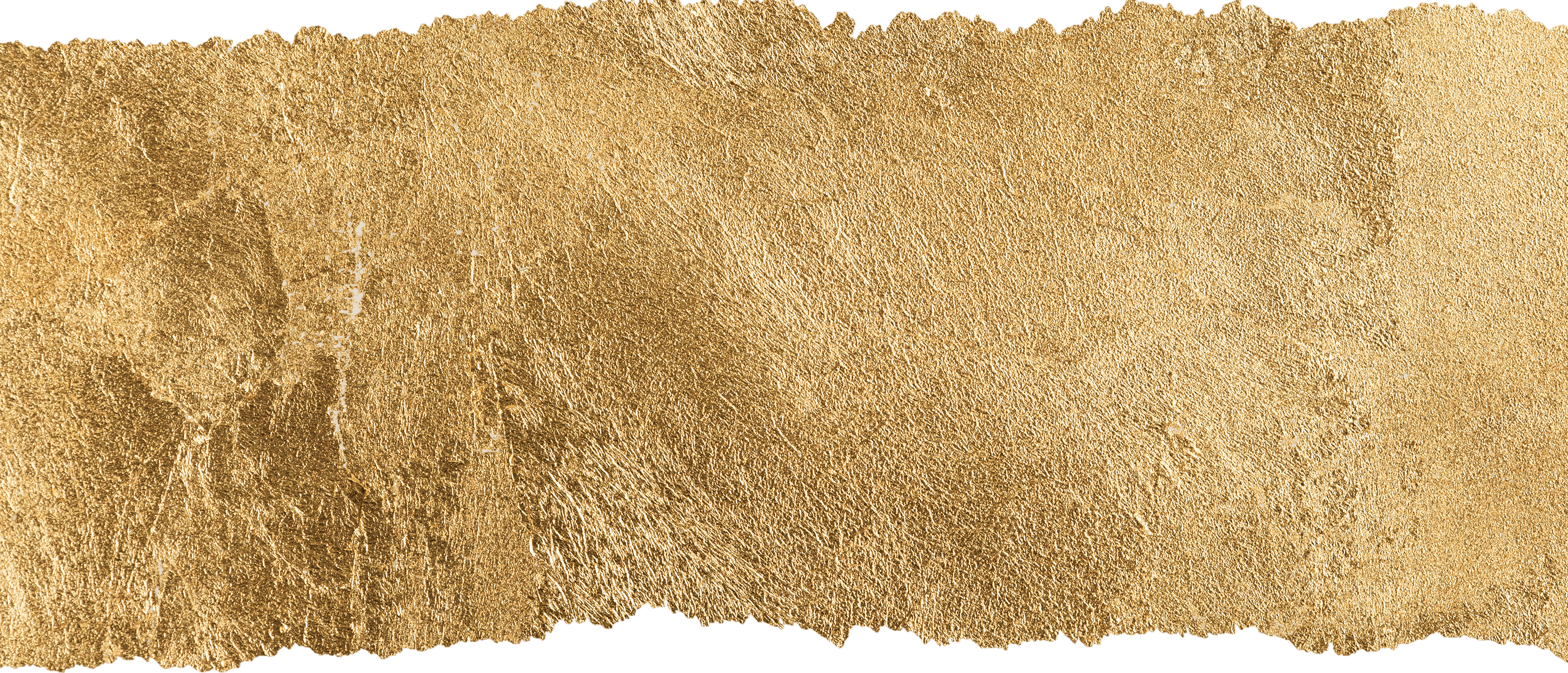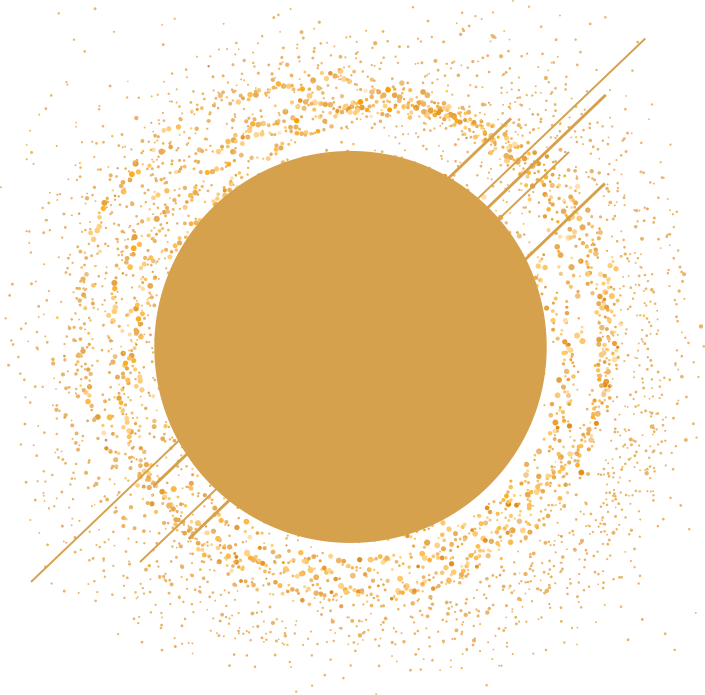Restoring youthful contours and repositioning the eyebrows contour
The temples, forehead and eyebrows comprise the upper third of the face. These are areas that are often overlooked by patients yet fundamentally affect facial proportions and overall beauty. Volume loss in the facial soft tissue and facial skeleton, together with changes in muscle activity and weakening of retaining ligaments are hallmarks of the ageing face. These changes can lead to ‘hollowing’ or concavity of the temple region in both genders as well as a loss of the youthful convexity of the lower forehead in females resulting in a flatter or concave appearance. Volume loss and bone changes in the upper third of the face can also lead to “skeletonisation” of the face, with a sunken and gaunt appearance around the eyes.
Loss of volume in the forehead can contribute to the formation of wrinkles and, in combination with temple hollowing, can lead to shortening and descent of the eyebrows with flattening of the arch. Volume loss in the temples can even negatively impact on more distant areas of the face such as under-eye tear troughs. Cosmetic fillers can be used to replace missing volume in the temples, forehead and brow areas to restore a more youthful contour to the upper third of the face, address areas of forehead and temple concavity, and provide support to lift and reshape the eyebrows. Fillers can also be used in combination with BOTOX®️ to reduce the appearance of wrinkles substantially.



 How long do results last?
How long do results last?  Can the treatment results be reversed?
Can the treatment results be reversed? 





